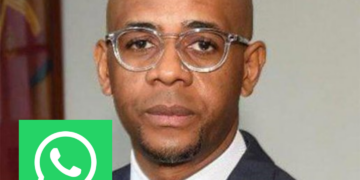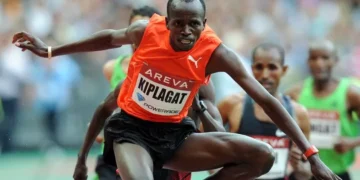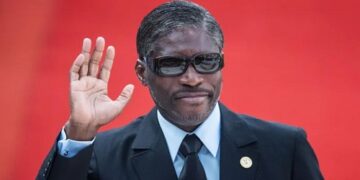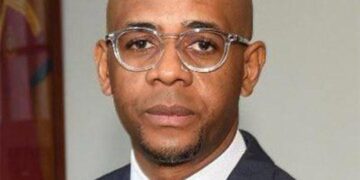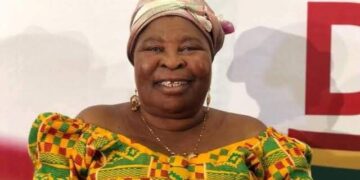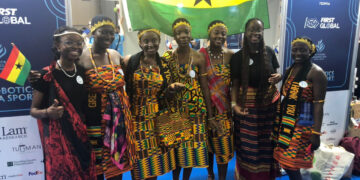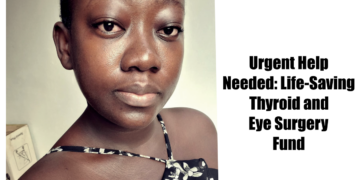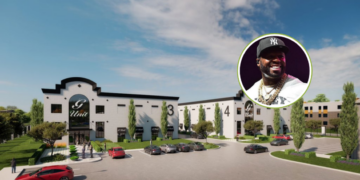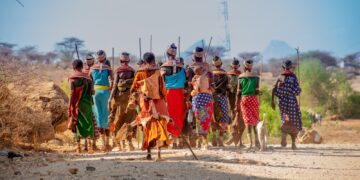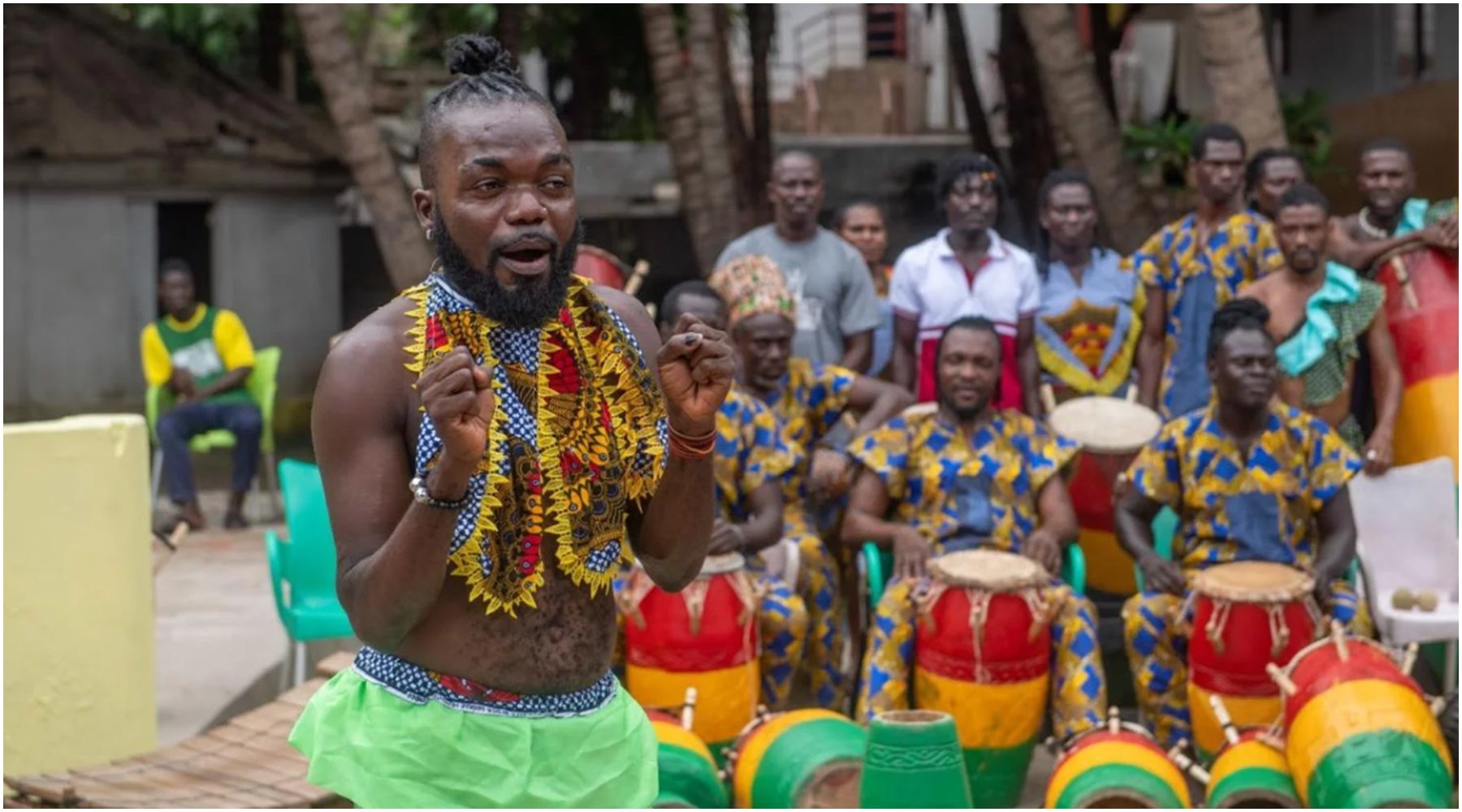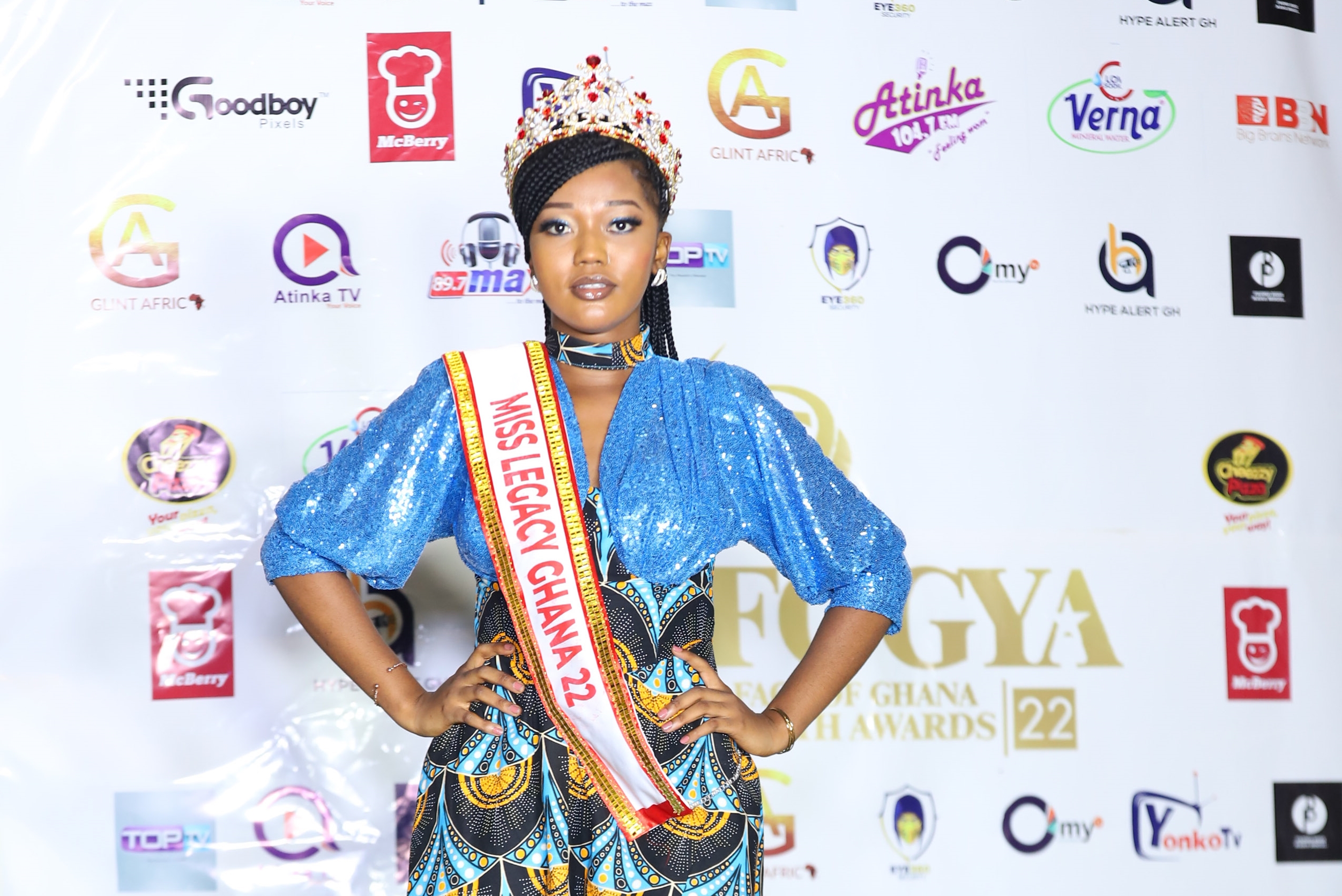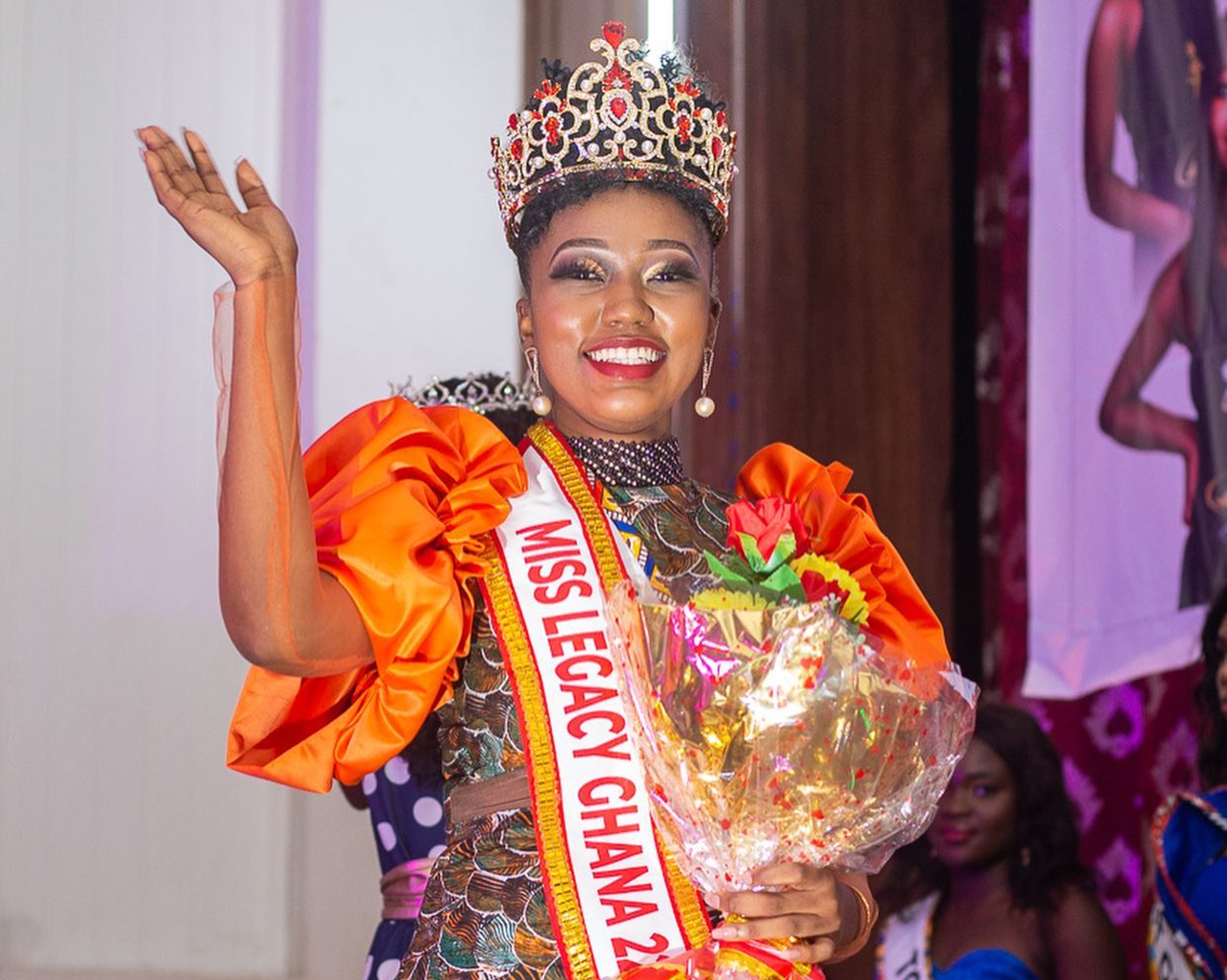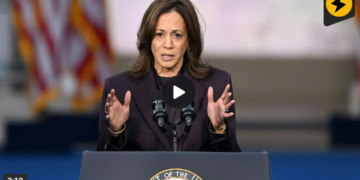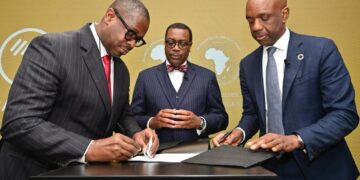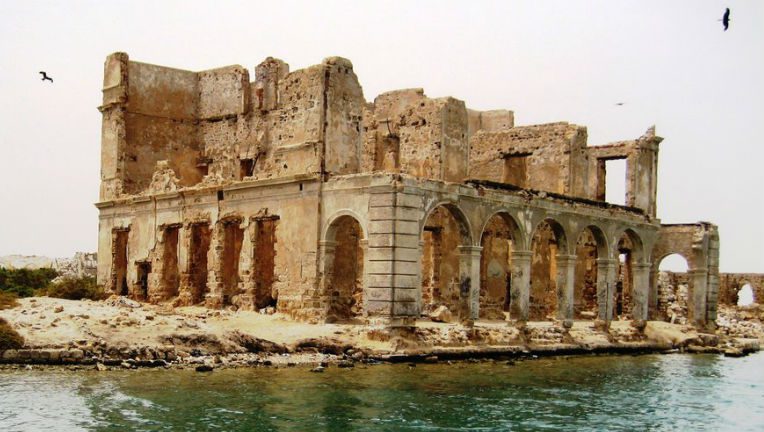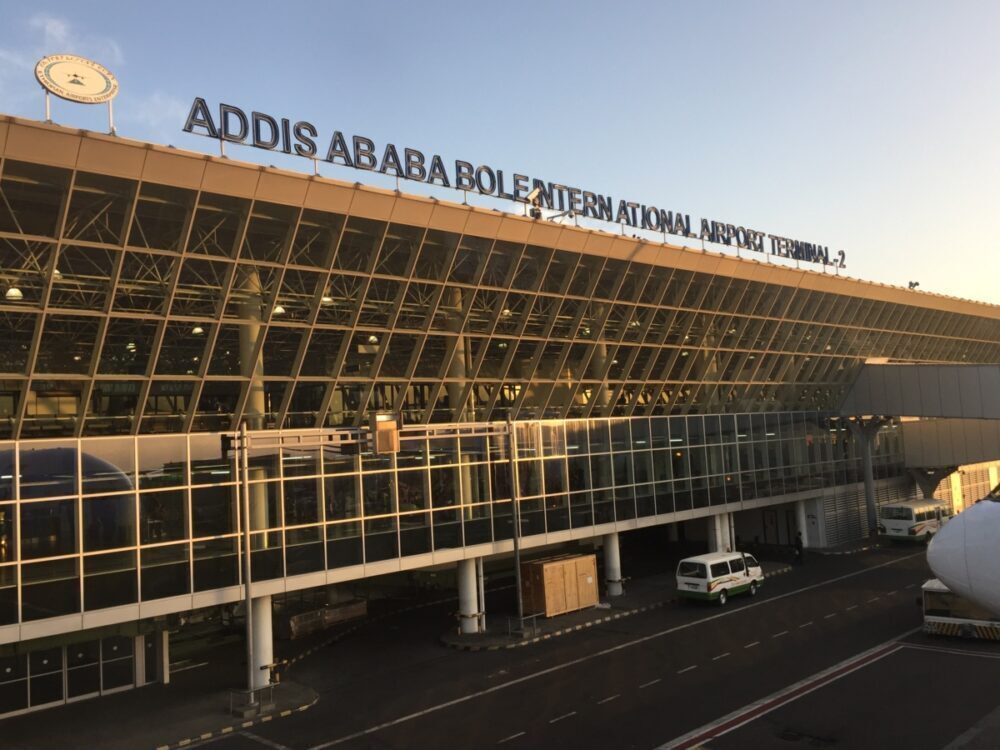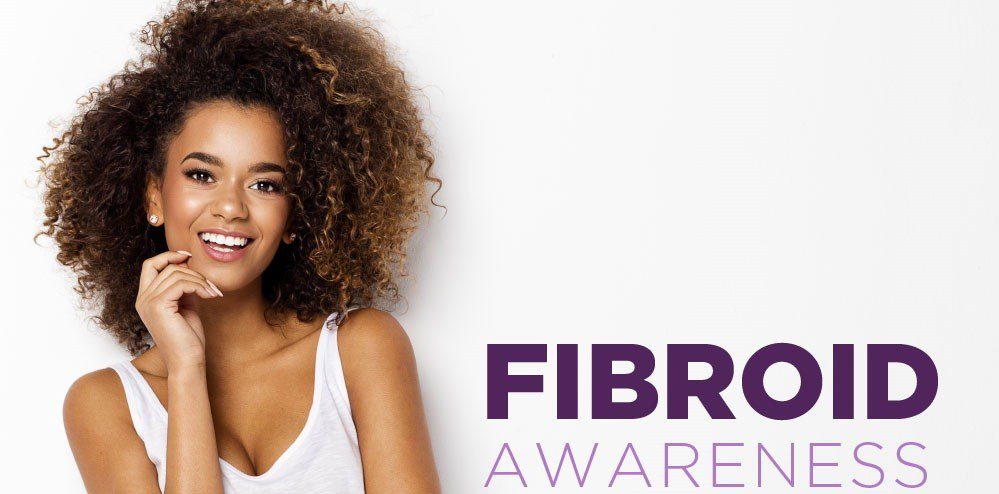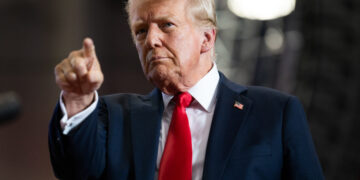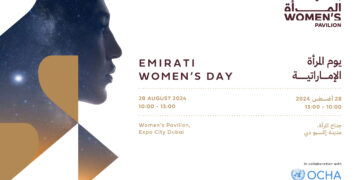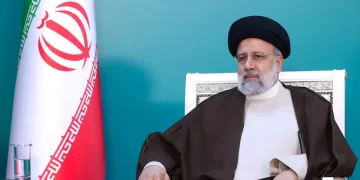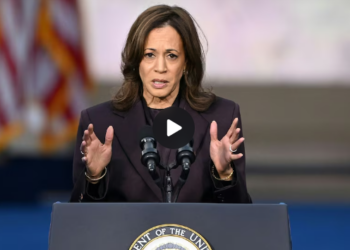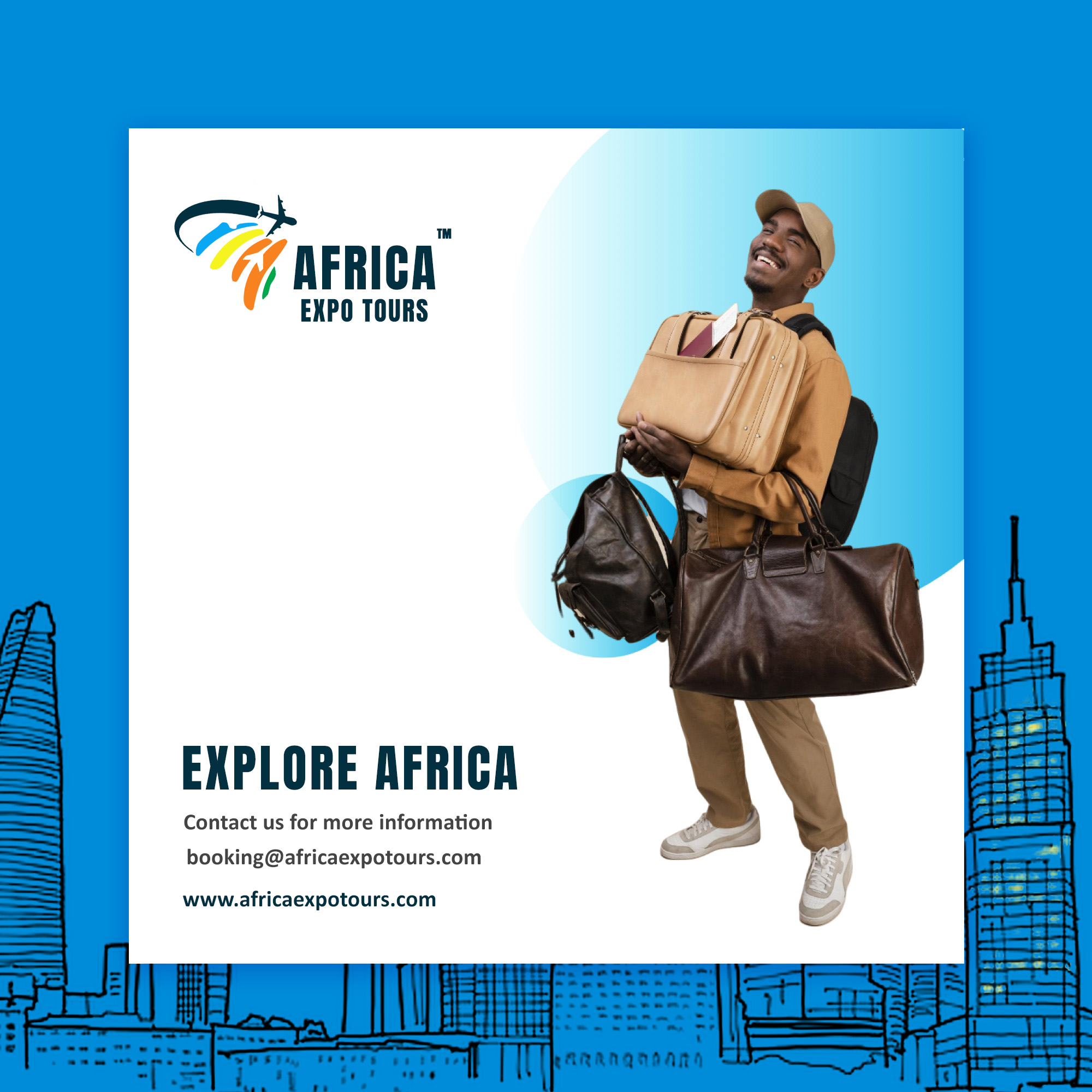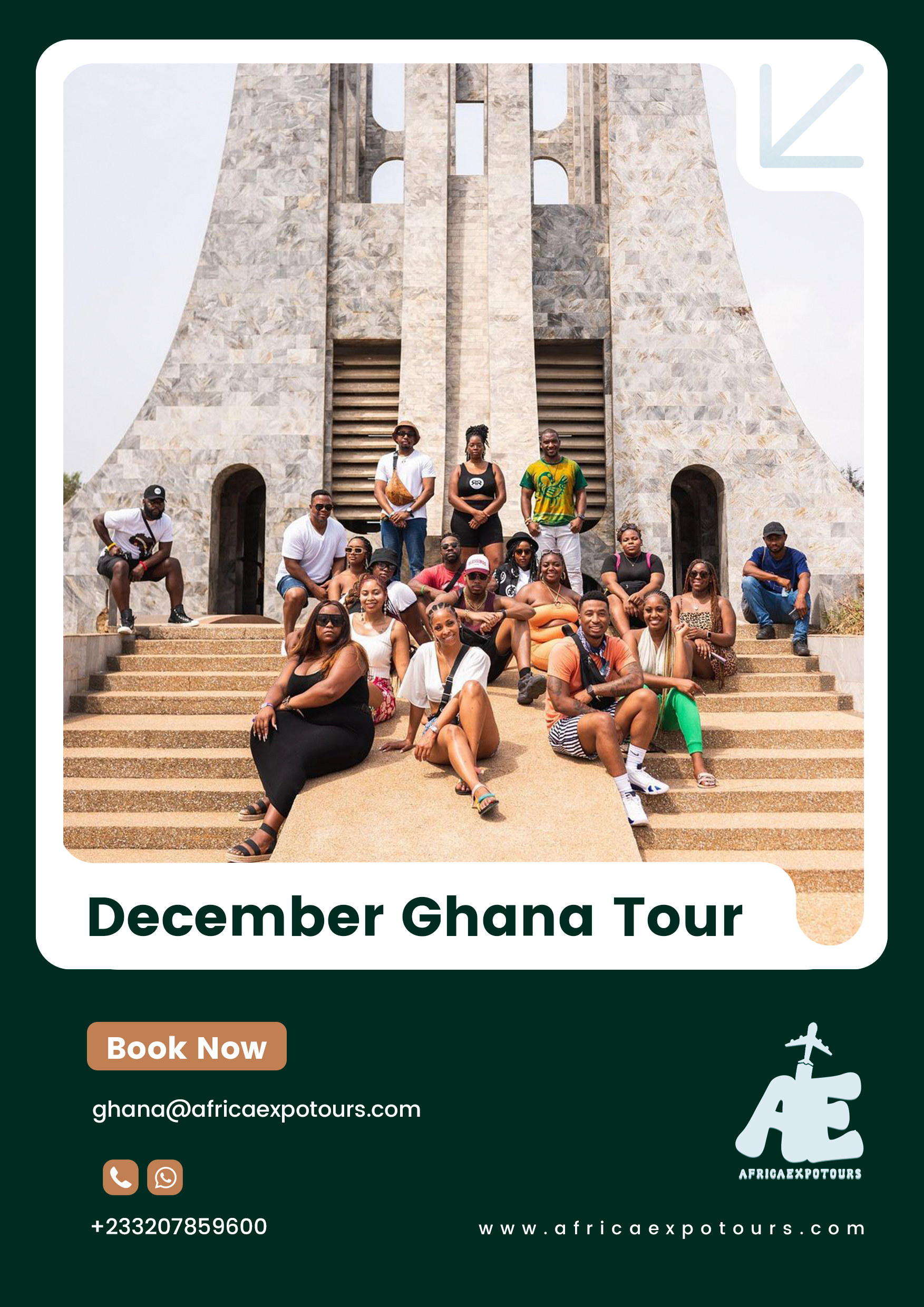With all the excitement about the role of technology in contributing to social change and improved development outcomes across Africa, it is easy to forget that only 11% of the world’s Internet subscribers are Africans, while only 35.2% of Africans use the Internet. An effective science and innovation system in any country, and globally, I believe, depends on strong basic research and higher education infrastructure. In addition to knowledge production, basic research facilities, development of human resources, and applications are critical. But in the course of conducting, applying, and managing research, both researchers and managers of research and innovation have information needs. These needs must be satisfied in order for the scientists and the science innovation system to function effectively.
My recent participation at the 13th Internet Governance Forum(IGF) in Paris as a Youth@IGF Fellows brought me closer to the realization that technology has really increased the speed and reach of information everywhere – and now to communities in Africa.
Africa is leapfrogging information and communication technology development, which is also fueled by mobile broadband, but there are also worrying trends, such as a growing the digital divide between men and women, and between urban and rural areas.
While organizations need to address barriers around the digital divide, I also think if we champion a course for the combination of low and high-tech approaches to ensure that citizens are able to access critical information that can help improve their lives as well as contribute to our quest in connect the unconnected.
IGF2018 was a platform for many realizations. One of the key moments was embracing the fact that technology can enable critical information to reach marginalized communities at a rate and scale never before. What is left for digital ambassadors like me to do is to create more awareness on how this information can be used appropriately while encouraging organizations to integrate technology-driven approaches into their programs to maximize their impact. When doing so, however, it is important to think about how these approaches can be combined with low-tech methodologies, which are already known to be effective.
In terms of both numbers and reach, mobile telephony is the dominant form of telephony in developing countries in Africa. But we can also take a second look at the new, low-cost, emerging technology where increased utilization of TV white space (TVWS) can provide an opportunity to connect the world’s population. Google and Microsoft are already chasing the emerging white space market in Africa. Because the waves can travel up to 10 kilometers in radius, it is great for remote, off-the-grid villages.
Paris is beautiful and overall the 13th IGF was a great experience for me. The session on digital inclusion reignited my interest to do more for the continent. There were a few sessions that discussed issues in Africa. The desire to help my continent grow digitally is alive, hence what governments and international development I believe we also need more ICT schooling at all levels of education, especially in rural regions – and especially for girls, another initiative I will champion starting from home. It’s one of the issues that has been taken lightly but it needs refocusing.
While inadequate knowledge of English and weak ICT infrastructure topped as factors contributing to the digital divide in Africa, it is my hope to further create more awareness on the continent using my experience and knowledge, not forgetting the good connection built at IGF2018 to help reshape the continent while connecting the next billion.
Learn more about community networks and then let’s work together to #SwitchItOn.

